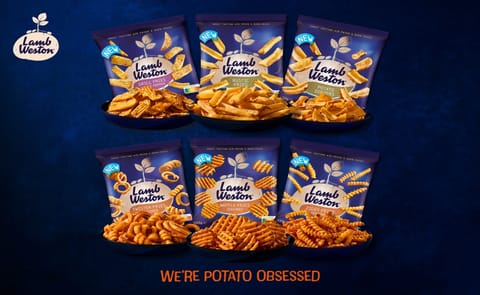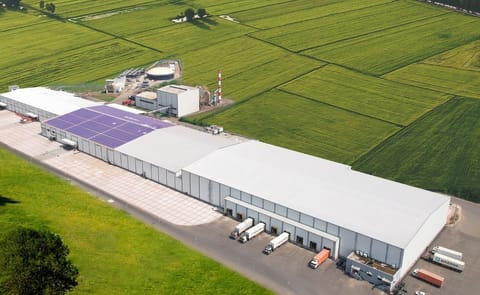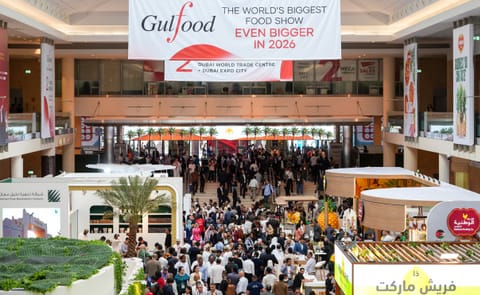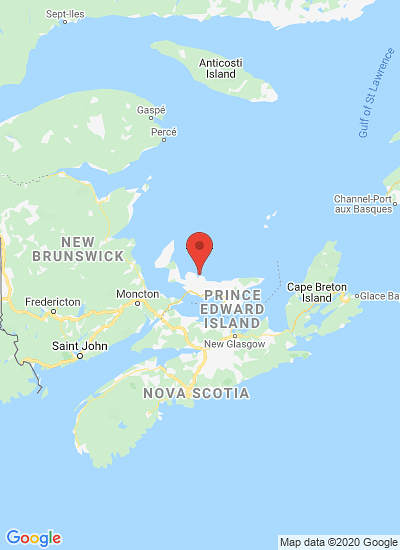A field of winter wheat grown as a cover crop in Breadalbane, Prince Edward Island. Courtesy: CBC
Primaire tabs
PEI Potato Board: Acreage of cover crops before potatoes has doubled
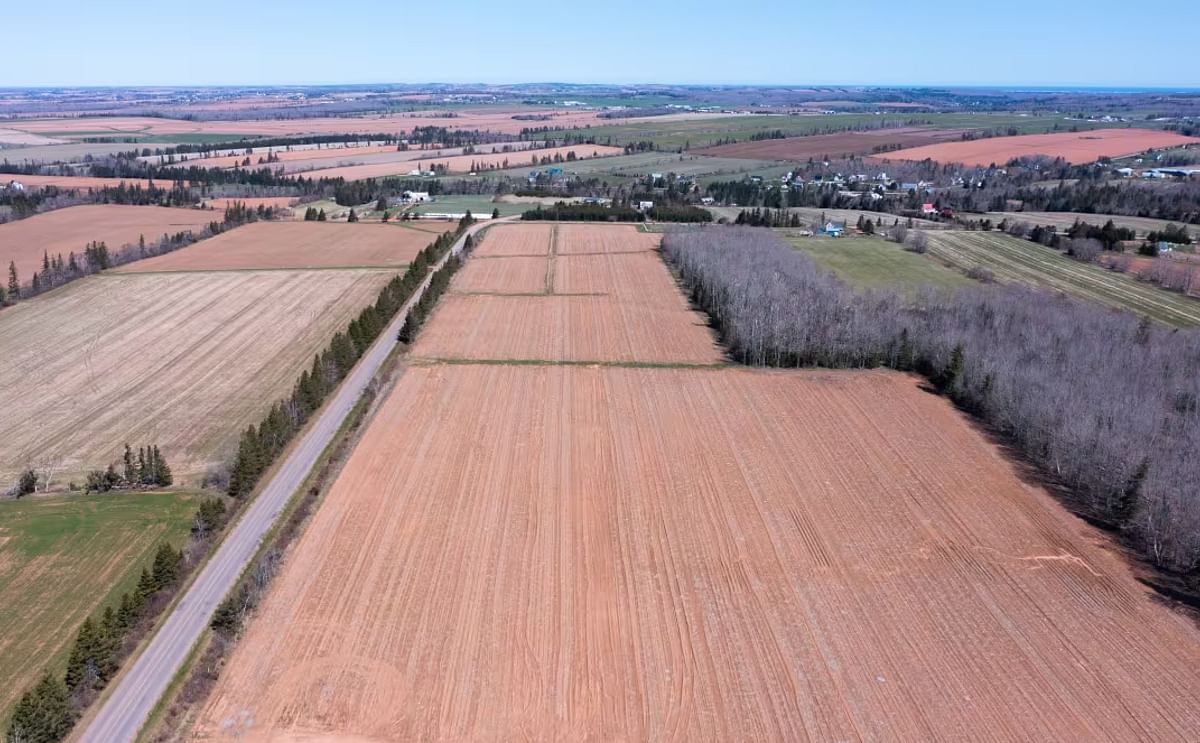
That's because potato growers are turning to cover crops as a way to make their soil healthier — and generate some extra cash. Researchers with the P.E.I. Potato Board have been tracking the adoption level of cover crops for the last few years, and the numbers are substantial.
Ryan Barrett, research and agronomy specialist at the Potato Board:
"The last few years we've really seen that number jump, so we're up to over 50 per cent of the acres that had potatoes in them last year had a cover crop in them from our survey."
"About 50 per cent of the acres that are going into potatoes this year also had a cover crop last year. And that's a big change from what it used to be. Now, we have a lot of fields that are staying green into the fall."
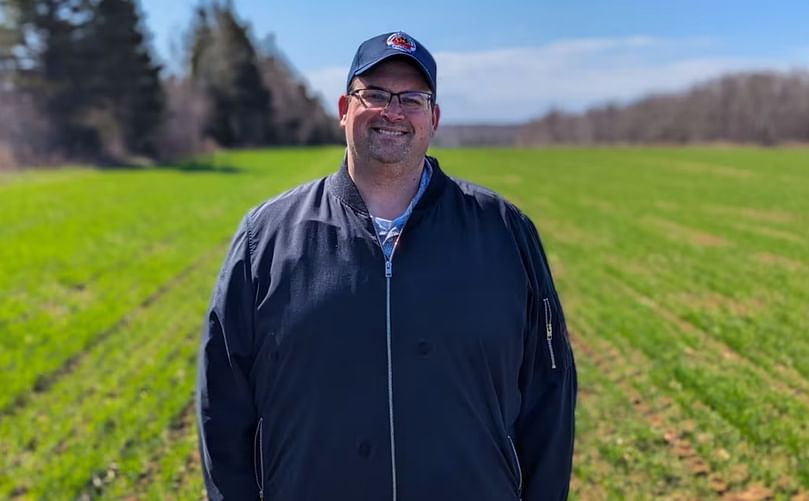
Potato Board researcher Ryan Barrett stands in a field of winter wheat planted last fall that will be harvested later this year as an extra cash crop. Courtesy: CBC
Ryan Barrett:
"From our research, we've been able to see that there is an associated yield benefit the next year. We actually saw somewhere on a 10 per cent yield improvement."Healthier soil
"That's because the cover crop is holding nitrogen, holding nutrients over for the next year that may have previously been lost."
Barrett said the cover crops also give the soil a bigger boost.
Ryan Barrett:
"It's building soil organic matter, it's feeding the soil microbes. It's energizing, and revving up the soil to get ready for next year. So I think having that living cover is a real benefit."
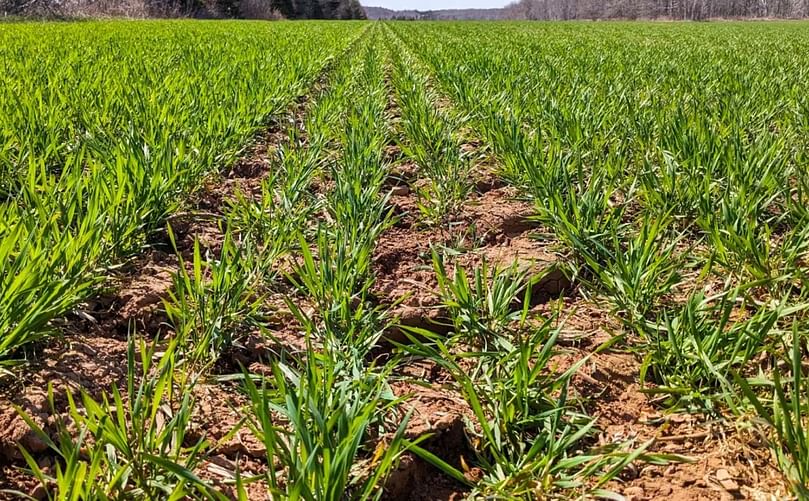
Driving around the Island, there are many more green fields in the fall and early spring, like this one planted with winter wheat in Breadalbane. Courtesy: CBC
Barrett said the cover crops also reduce the amount of erosion. It holds the soil in place instead of it getting blown away during the winter.Ryan Barrett:
"It takes 100 years to grow an inch of topsoil. So if we lose an inch of topsoil in two years, that's not a sustainable method of farming."
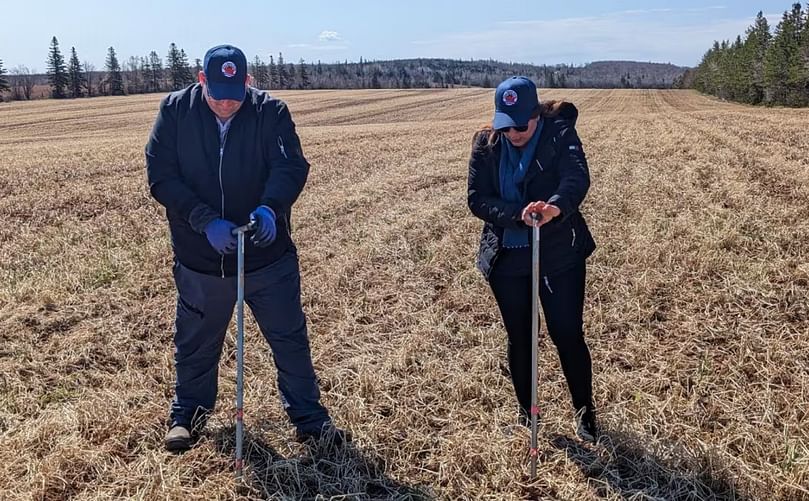
The Potato Board survey found about 50 per cent of the acres that are going into potatoes this year also had a cover crop last year. Courtesy: CBC
Andrew Lawless, of Hilltop Produce, grows potatoes on farms around Kinkora. He has been following the research by the Potato Board and its partners in the Living Labs project.
Andrew Lawless:
"I think that really opened my eyes to the benefits, and it's awful nice to see the fields covered for the winter. Nobody likes to see brown snow banks."
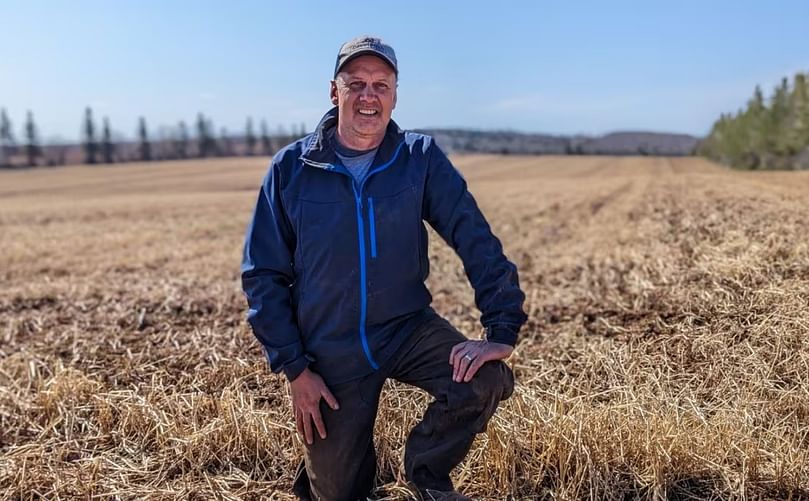
Potato grower Andrew Lawless says his farm uses tillage equipment that has a seeder attached to plant the cover crop, so they can do everything in one pass, to save on fuel and create fewer emissions. Courtesy: CBC
Andrew Lawless:
"It's not cheap to put in cover crops. Could be anywhere from USD 60 to USD 100 an acre, even more. So there definitely has to be some return."Lawless said the main reason that a potato grower would not plant cover crops would be timing, if the harvest is late in the fall.
"As farmers, our margins are tight.As well, there's climate change, and we're getting more extremes, and more heavy rainfall events, and our winters are changing. It's great to be able to have them green, and a root mass to hold the ground in place."
Andrew Lawless:
"You have to get it done by a certain window, but there are new potato varieties that are being developed every year that are allowing us to harvest before those dates."

The patchwork quilt of farm fields near Breadalbane. Courtesy: CBC
Judith Nyiraneza, an Agriculture and Agri-Food Canada research scientist, was co-lead on the cover crop research.
While she's pleased with the results, she said the next step is to convince farmers to leave cover crops in the field for multiple years for even more benefits.
Judith Nyiraneza:
"If you have a perennial cover crop — you have a cover crop for two years or three years — you have the above-ground biomass, but also the below-ground root biomass. That really makes a difference."
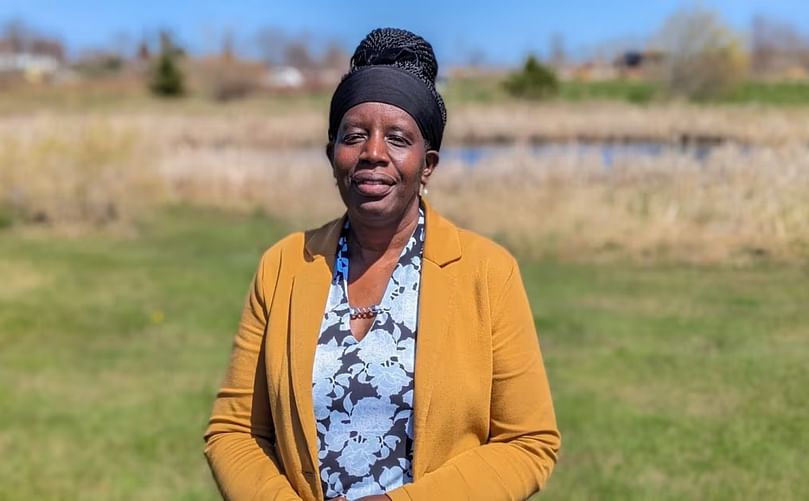
Research scientist Judith Nyiraneza says the next step is to convince farmers to leave cover crops in the field for multiple years, for even more benefits. Courtesy: CBC
Judith Nyiraneza:
"Growers are here to make money. That is understandable. But there are also growers who understand that if a soil is healthy, you can have higher yield with your cash crop. If we say potatoes or grain, that can compensate that year where you did lose harvest."







